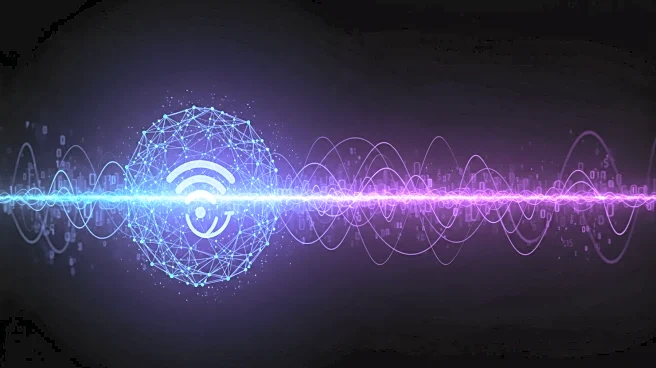What's Happening?
A recent study investigates the distribution of entanglement in lossy quantum networks, focusing on N-partite networks served by a centralized source. The study examines how entanglement is shared between network participants despite losses in transmission links. The research compares the performance of W and GHZ-like states in different parameter regions, including asymptotic regimes. The study aims to quantify the average bipartite entanglement shared among participants after rounds of local operations and classical communication (LOCC) transformations.
Why It's Important?
Understanding entanglement distribution in lossy networks is crucial for advancing quantum communication technologies. The study's findings could enhance the reliability and efficiency of quantum networks, which are essential for secure communication and information processing. By comparing different quantum states, the research provides insights into optimizing entanglement distribution, potentially leading to more robust quantum systems. This knowledge is vital for developing practical applications in quantum computing and cryptography.
Beyond the Headlines
The study highlights the challenges of maintaining entanglement in networks with transmission losses, emphasizing the need for innovative solutions to improve quantum communication. The research also explores the theoretical aspects of entanglement measures and their implications for quantum network design. As quantum technologies evolve, understanding the nuances of entanglement distribution will be key to overcoming technical barriers and achieving widespread adoption.











